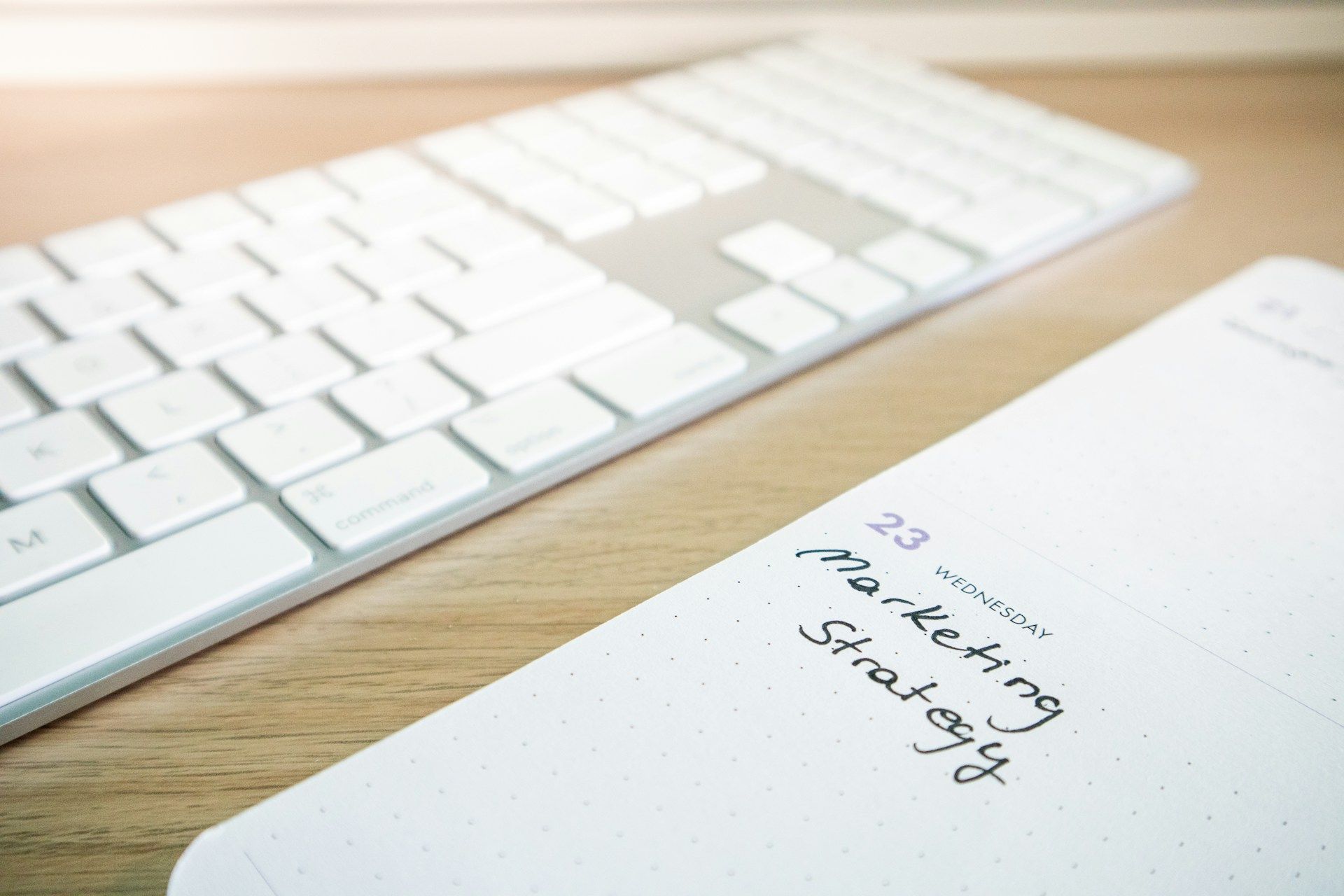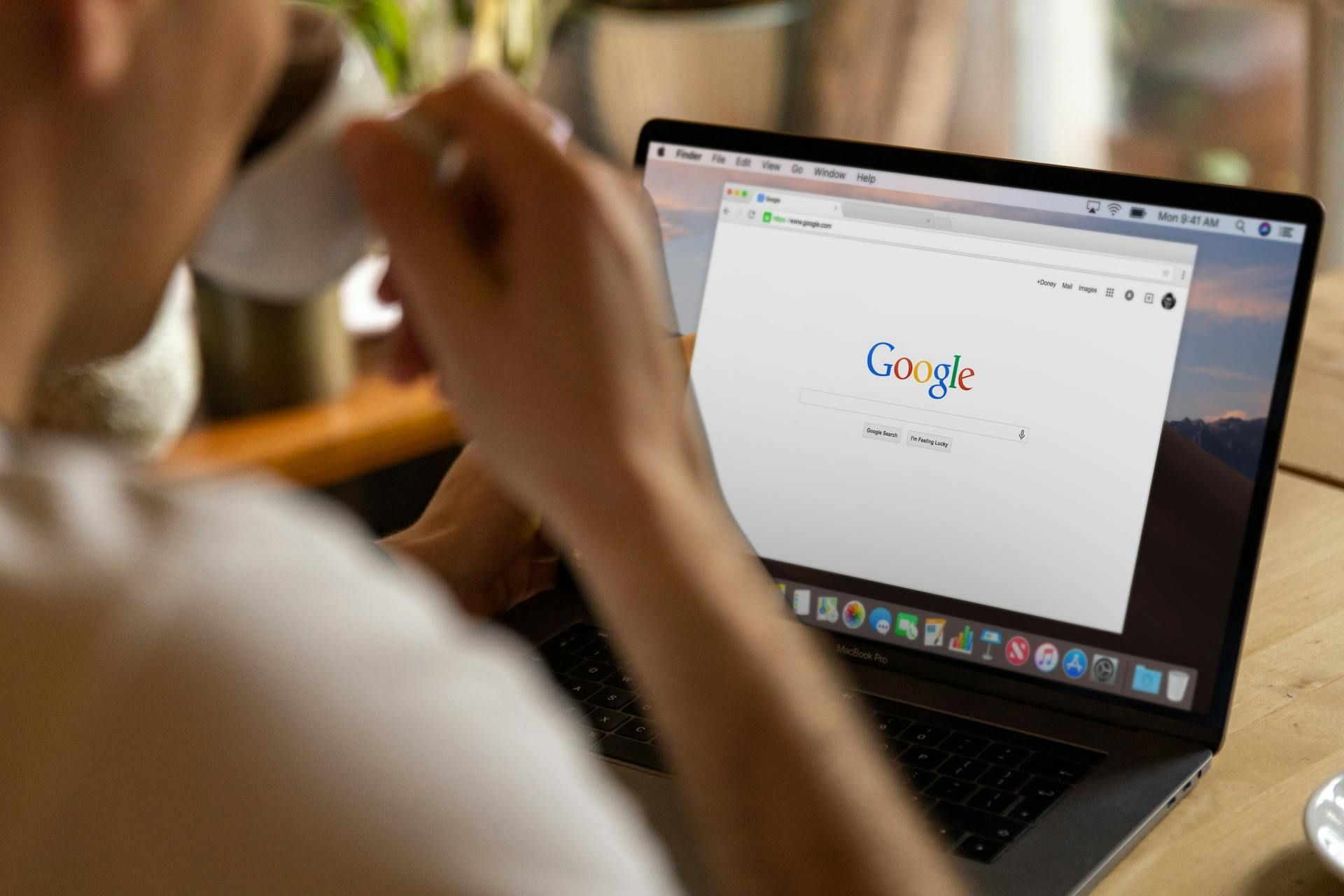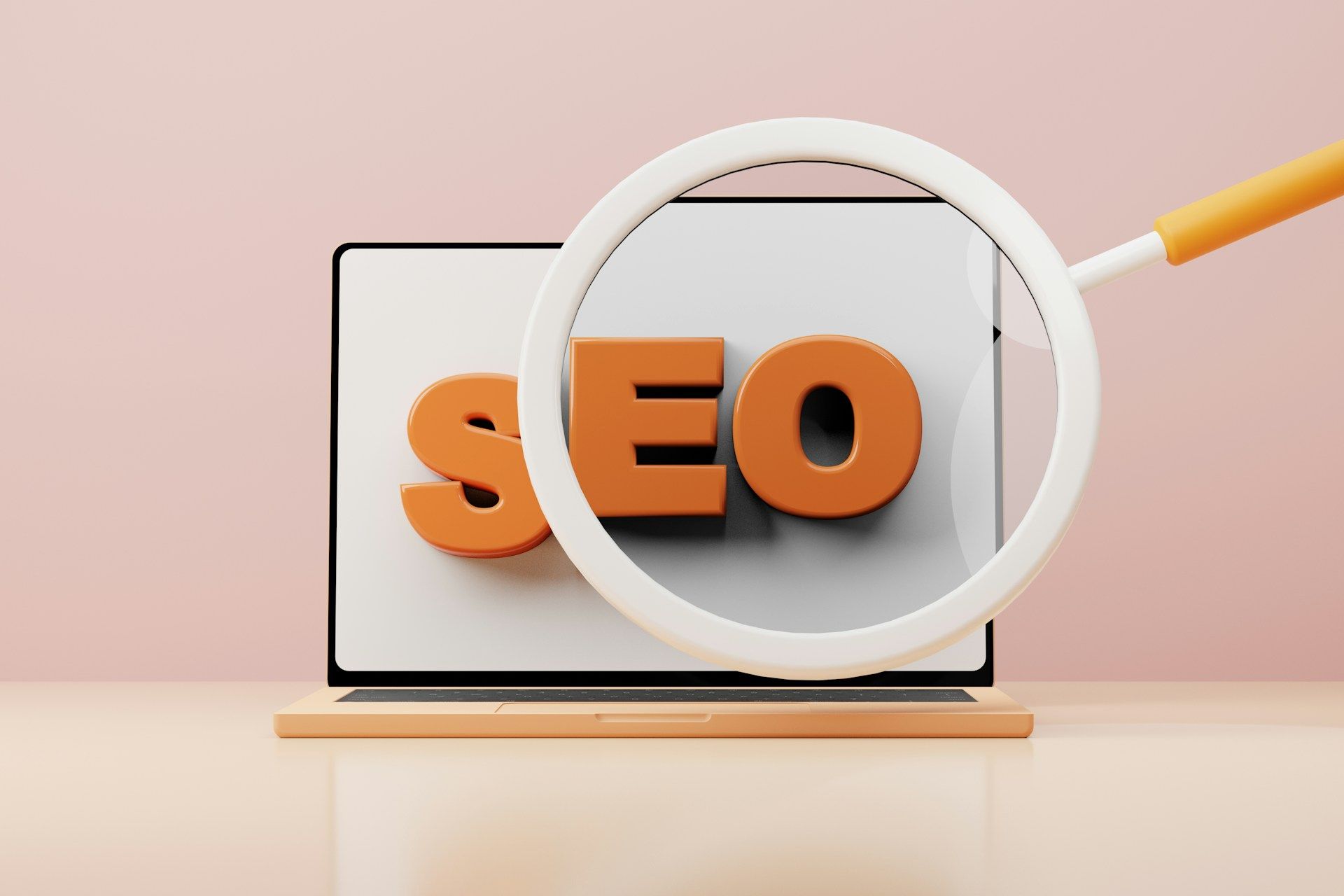How to Avoid Common Web Design Mistakes That Drive Customers Away
Creating an effective website is akin to crafting a warm invitation to potential customers. A well-designed site can welcome visitors, making them feel at home and encouraging them to stick around. On the flip side, web design mistakes can send them clicking away faster than you can say "back button." For businesses in Loganville, GA, avoiding these common pitfalls is key to keeping customers engaged.
Good web design can make a big difference in customer retention. It's not just about making things look pretty; it's about providing an experience that draws people in. When your website flows nicely and everything is easy to find, visitors are more likely to stay and explore. Let's explore some common web design mistakes and how to sidestep them to keep your audience happy and coming back for more.
Unclear Navigation and Structure
Imagine walking into a store where everything is scattered around with no signs to guide you. Frustrating, right? This is exactly how users feel when they encounter unclear navigation on a website. A straightforward navigation is crucial for a smooth user experience, helping visitors find what they need without a hitch.
Unfortunately, many websites fall into the trap of having confusing menus or too many links. Here are some common navigation mistakes to steer clear of:
- Overloaded Menus: Packing your navigation bar with too many options can overwhelm visitors. Instead, group similar pages into broader categories.
- Hidden Menus: Nothing is more annoying than searching for basic links. Keep important links accessible and visible.
- Inconsistent Structure: Switching up the structure on different pages can confuse users. Keep menus consistent across your site.
To improve your website's navigation, aim for simplicity and clarity. Here's how:
1. Use Descriptive Labels: Make sure your menu labels are clear and self-explanatory. Avoid vague terms like "More" or "Stuff."
2. Prioritize Essential Links: Place the most important links prominently. If you run a pizza place, the menu and order page should be easy to find.
3. Include a Search Bar: A handy search bar can be a lifesaver for those looking for something specific.
By creating a clear and organized navigation structure, you'll help visitors find their way around your site, leading to more satisfied customers and fewer exits.
Poor Mobile Optimization
With more people using their phones for almost everything, having a mobile-friendly website isn’t just nice to have—it's necessary. If your site isn’t easy to use on a smartphone, you might be losing visitors before they even have a chance to explore what you offer. Often, websites that look great on a desktop fall short on mobile devices.
Common issues include text that's too small to read, buttons that are hard to press, and images that don't resize properly. These problems can leave visitors feeling frustrated and ready to check out other options. Here’s how to make sure your site works well on mobile devices:
- Responsive Design: Use designs that adjust automatically based on the screen size to ensure everything fits perfectly.
- Readable Text: Make sure your fonts are large enough to read without zooming in. No one likes pinching and zooming to read important details.
- Easy Navigation: Simplify navigation for smaller screens, possibly by using a menu icon that expands when tapped.
When websites function well on both mobile phones and computers, users are more likely to engage with your content, explore services, and reach out when they're ready.
Slow Loading Times
We've all been there: waiting for a site to load and feeling like it's taking forever. Slow websites can result in impatient visitors leaving before even seeing what your business has to offer. Not only do long loading times frustrate users, but they also affect how search engines rank your site.
Typical causes for slow performance include large images, unnecessary plugins, and inefficient scripts. To speed things up:
1. Optimize Images: Compress image file sizes so they load faster without losing quality.
2. Minimize Plugins: Keep only essential plugins, as every additional one can slow down your site.
3. Enable Browser Caching: This allows your site to load elements faster by saving data on a visitor's browser.
These steps can significantly enhance performance, leading to happier users who are more likely to stay on your site longer.
Overcomplicated Design
While it might be tempting to load your site with flashy graphics and complex layouts, an overly complicated design often backfires. Cluttered websites can make it difficult for visitors to find the information they’re looking for, driving them away.
To maintain a sleek, effective design:
- Prioritize Readability: Use clean layouts with plenty of white space, making the content easier to digest.
- Choose Simple Color Schemes: Stick to a limited palette to avoid overwhelming visitors.
- Focus on Functionality: Designs should enhance the user experience, not detract from it. Ensure buttons work correctly and pages load as expected.
By keeping designs simple yet attractive, you’ll facilitate smoother user interactions, turning casual visitors into potential customers.
Summing Up the Path to Better Web Design
Crafting a user-friendly and appealing web design involves avoiding common missteps like confusing navigation, ignoring mobile optimization, long loading times, and cluttered designs. Ensuring clear navigation, optimizing for mobile, speeding up loading times, and simplifying design can make a huge difference in how visitors interact with your website.
Taking the time to refine these elements will not only help retain customers but also make your website a reliable resource for those looking to learn more and maybe even reach out. For businesses, especially in Loganville, GA, understanding these aspects of web design is the first step to welcoming more visitors and turning them into long-term customers.
By taking these steps to improve your website, you ensure that it remains a valuable resource for your visitors. If you're looking to take your site to the next level, consider exploring our expertise in custom web design and development. At Sculpt Marketing & Consulting, we’re here to help create a website that truly represents your brand and meets your needs.










